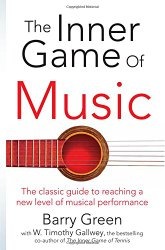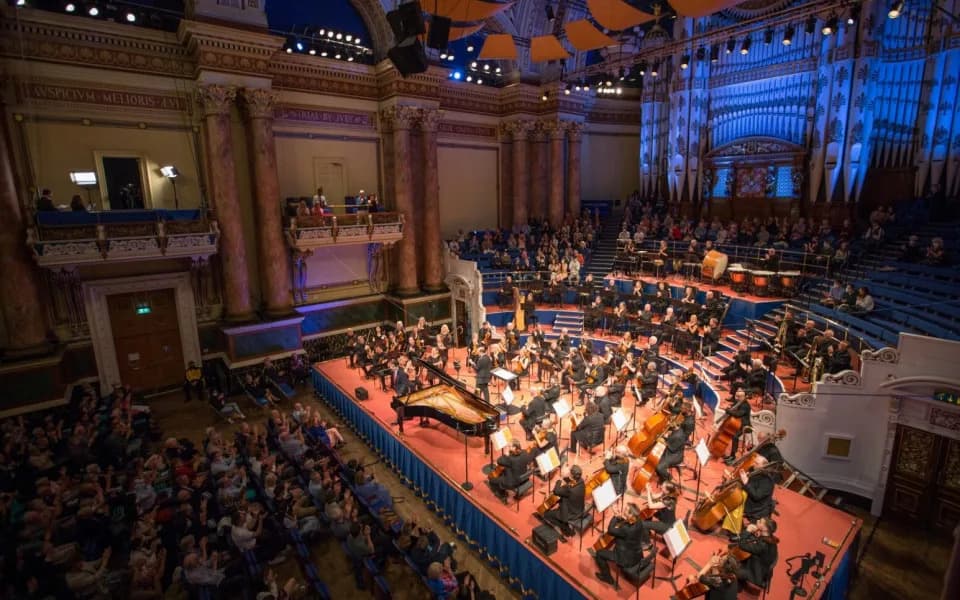 Neuro-Linguistic Programming (NLP) was created in California in the 1970s by Richard Bandler and John Grinder. The name makes a connection between the neurological processes (“neuro”), language (“linguistic”), and behavioural patterns learned through experience (“programming”) which can be altered or harnessed to achieve specific goals in life. Popularly known as “the study of human excellence”, NLP uses the criterion “does this work?”, and gives us the tools and processes to deconstruct how we do things to discover the key elements of a positive strategy to enable us to do something more successfully. Equally, it can highlight negative issues and help us to discard unsuccessful actions and impulses.
Neuro-Linguistic Programming (NLP) was created in California in the 1970s by Richard Bandler and John Grinder. The name makes a connection between the neurological processes (“neuro”), language (“linguistic”), and behavioural patterns learned through experience (“programming”) which can be altered or harnessed to achieve specific goals in life. Popularly known as “the study of human excellence”, NLP uses the criterion “does this work?”, and gives us the tools and processes to deconstruct how we do things to discover the key elements of a positive strategy to enable us to do something more successfully. Equally, it can highlight negative issues and help us to discard unsuccessful actions and impulses.
In NLP the word “strategy” is used to describe how we organise sensory representations – external and internal images, sounds, sensations and feelings. This determines how successful we are in doing something, assuming we have the relevant skills.
NLP has been much used in sports training after the writer W. Timothy Gallwey formulated a coaching method which employed the “inner game”, that of focus, concentration and self-belief, discarding bad habits, and learning to trust oneself. In simple terms, sports men and women were encouraged to visualise a positive outcome and to imagine the physical and mental processes they would employ to be successful. When a player relaxed and held a picture and feeling of the desired result, the player improved. Mr Gallwey has gone on to write many popular books employing the inner game strategy, including the excellent Inner Game of Music with Barry Green, a manual for overcoming anxiety and self-doubt to achieve excellence in playing and performing.
These principles of coaching, enhanced by the tools of NLP, can very successfully be applied to teaching and performing music. In my own teaching, I use NLP techniques to encourage positive development and learning outcomes in my students. This includes aspects such as:

W. Timothy Gallwey
Credit: http://www.performanceconsultants.com/
Avoid calling attention to incorrect movements and ‘mistakes’. Instead, draw attention to what the student is doing correctly – a good hand position, a lovely tone, an understanding of the technique of arm staccato, and so forth.
Visual, aural and kinesthetic techniques:
• “Imagine the sound” – hearing, both internal and external, is a crucial element of a successful strategy for learning and studying music. Calling on the imagination when we play helps create a vibrant and richly expressive sound.
• “Telling the story” – what is the music about? what kind of picture are we trying to create for the listener? how are we going to tell the story?
• How did it feel, when you played that passage beautifully? Can you recreate that feeling each time you play the passage?
Problem solving and seeking solutions: Students learn more if they are encouraged to find the answer to a problem themselves, whether technical or artistic. How might one approach this or that passage? What kind of technique (staccato, legato, rotary) might be helpful? What is the composer asking of you at this point in the music? A right answer is rewarded with praise and positive reinforcement, and, hopefully, this will ensure the student remembers the answer/s in the future.
Banishing the fear of failure: Older students, particularly adults, can suffer from the fear of failure, of making a complete hash of their playing in front of teacher, and there can be some very harsh, self-critical and perfectionist internal dialogue going on in these students. If the student is hesitant and anxious, when their level of skill should be allowing them to play more fluently, it is likely that a negative internal dialogue is getting in the way. Most people are unaware of their internal dialogue until it is pointed out to them: NLP seeks to turn negative thoughts and feelings into positive ones. One of the lessons of the Inner Game of Music is the ability “switch off” that voice inside us that seeks to remind us of our weaknesses, and instead turn to the one that says “I can do it”.
And in performance situations:

Credit: https://images-eu.ssl-images-amazon.com/
Performance anxiety can be the bane of the musician’s life, and can develop at an early stage (unpleasant exam experiences, negative interactions with a teacher, a memory lapse in a concert). Learning how to deal with anxiety is an important part of the musician’s training. We have different experiences of performance through our individual thoughts and beliefs, and we can use good experiences and positive thoughts to achieve an optimum performance. This is the “neuro” element. Meanwhile, language can be used to enhance learning abilities by simply ruling out any negative comments (“linguistic”). The “programming” is putting these tools into practice in a stressful situation.
Self-belief and identity issues also play a role in creating a successful strategy: while most self-belief must come from within, the positive endorsement and praise of peers, mentors, and colleagues (and even reviewers and critics) can be invaluable to building confidence. How special it is to walk off the stage to a group of friends/colleagues applauding warmly and telling you how well you played!
One can look to great performers for successful modes of behaviour, values and beliefs; one can attempt to emulate them, be inspired by them, but one should not seek to compete with them. Instead, one should learn to listen to one’s inner voice, and to trust one’s own instincts and musical integrity. The striving then becomes a personal quest, to meet the standards set by the composer and the literature, rather than by others in the profession.



